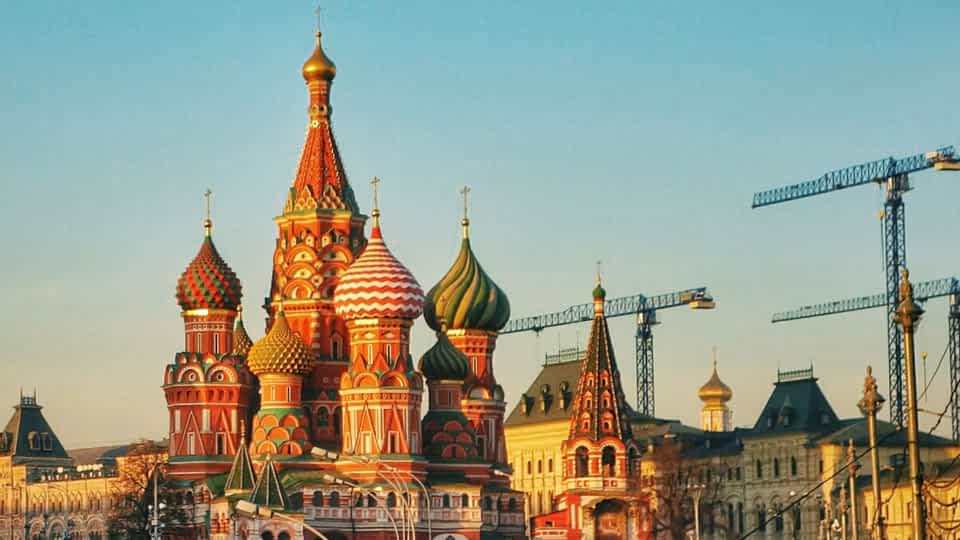2Q’17 Investment Outlook: Allocate for Rising Rates
May 17, 2017
Read Time 5 MIN
Investors Should Prepare for Slow and Sustained Rising Interest Rates in the U.S.
TOM BUTCHER: Jan, when we spoke last quarter we discussed the changing interest rate environment and various ways in which it could be addressed. Where do you see things going in the second quarter and has your outlook changed?
JAN VAN ECK: Two big things happened in 2016. First, long-term interest rates bottomed at 1.5% and, second, the five-year commodity bear market ended and commodities started rallying. We think that the rise in interest rates will be slow and sustained here in the United States, and we are recommending that investors take action to help protect their portfolios. There are several things that investors can do: they can shorten duration or their interest rate risk; they can go for alternative income; they can take more risk on their bonds (for example, investing in high yield bonds); or they can give their money to an unconstrained bond manager.
Average Cumulative Returns in Rate Hiking Cycles1
August 1983 to March 2017

Source: Bloomberg; FactSet; St. Louis Federal Reserve Bank; VanEck. Data as of March 31, 2017. Not intended to be a forecast of future events, a guarantee of future results or investment advice. Current market conditions may not continue.
Europe Likely to Follow on Rates
If you look at the rising interest rate cycle in the U.S., we believe that Europe is two years behind us. They are likely to start raising interest rates slowly as well, over the next year or two. This will put additional upward pressure on U.S. interest rates, and it serves as a reinforcement of the multi-year rising rate cycle that we've been talking about.
The other thing we have seen is a very dramatic increase in flows into emerging marketes bonds (EM debt) thus far in 2017. VanEck just came out with a study that shows how different the currency exposure is for EM local currency for fixed income investors compared to emerging markets equity investors. For bond investors, it has cost them about 40% over the last four or five years, but we think that because commodity prices have bottomed, this can actually be a floor. (Read post: Defining Emerging Markets Local Currency Exposure is Critical to Understanding Performance.)
BUTCHER: What does that mean for fixed income investors?
Emerging Markets Fixed Income May Provide Diversification and Yield Benefits
VAN ECK: It means that for investors looking to diversify in a rising rate environment, emerging markets are a good place to look because they have already gone through this correction phase. And if we are right in that commodities have basically bottomed, then it's good. Investors just need to understand that emerging markets currencies do have a downside, and one of the things we have been pointing out is that emerging markets currency exposure for debt/bond investors is very different than it is for equity investors. Over the last several years, emerging markets currencies have cost equity investors almost nothing, but they have cost bond investors the 40% I have mentioned.
BUTCHER: Should investors, then, be looking at local currency or hard currency, when it comes to emerging markets?
VAN ECK: U.S. dollar debt is very tied to the U.S. interest rate environment, so if investors want diversification, and that is what we are recommending, then they have to go for local currencies.
Commodities Recovery Continues Despite First Quarter Weakness
BUTCHER: If we move from fixed income to commodities, in the first quarter commodities actually went down, do you still think that we are in a positive commodity cycle?
VAN ECK: If we are in an average recovery then commodities should rally for about three years. We have the ingredients for a rally. There was a five-year commodity bear market, number one. There was a huge supply reaction, meaning supply of most commodities shrank, which is what you need for a bull market to start. Granted, 2017 year to date has been a bit of a setback, but we still think that this should still be a normal three-year recovery cycle; it just may be an unspectacular cycle. Given that we are already a year into this cycle, this might be a good time for investors to get involved in the asset class.
BUTCHER: Looking at both commodities and fixed income, what is VanEck focusing on at the moment?
Markets in the Current Environment are in a Holding Pattern
VAN ECK: When you consider investor behavior, last year was very odd because until the presidential election in the U.S. almost all the money was going into bonds. People were very conservative. Then there was a ton of equity money that came in November and December following the election. I think right now everyone is relatively relaxed. We have gotten through the first one hundred days of the Trump administration, financial markets are generally well behaved, and global growth is good. Growth is good in Europe and in China. I think investors are trying to figure out what fiscal policy, what tax policy, will ultimately change in the U.S., if any. We are in a bit of a holding pattern right now, awaiting more news.
BUTCHER: Are you seeing a shift in attention from monetary policy to fiscal policy now?
VAN ECK: Yes. If we are right that we are in a slow, increasing interest rate environment -- the Federal Reserve has raised rates once already this year and they're trying to be very deliberate about it, and if Europe gets on that train -- then the only changing policy will be fiscal policy and taxing. That is what we have to focus on as investors.
Related Insights
April 17, 2024



